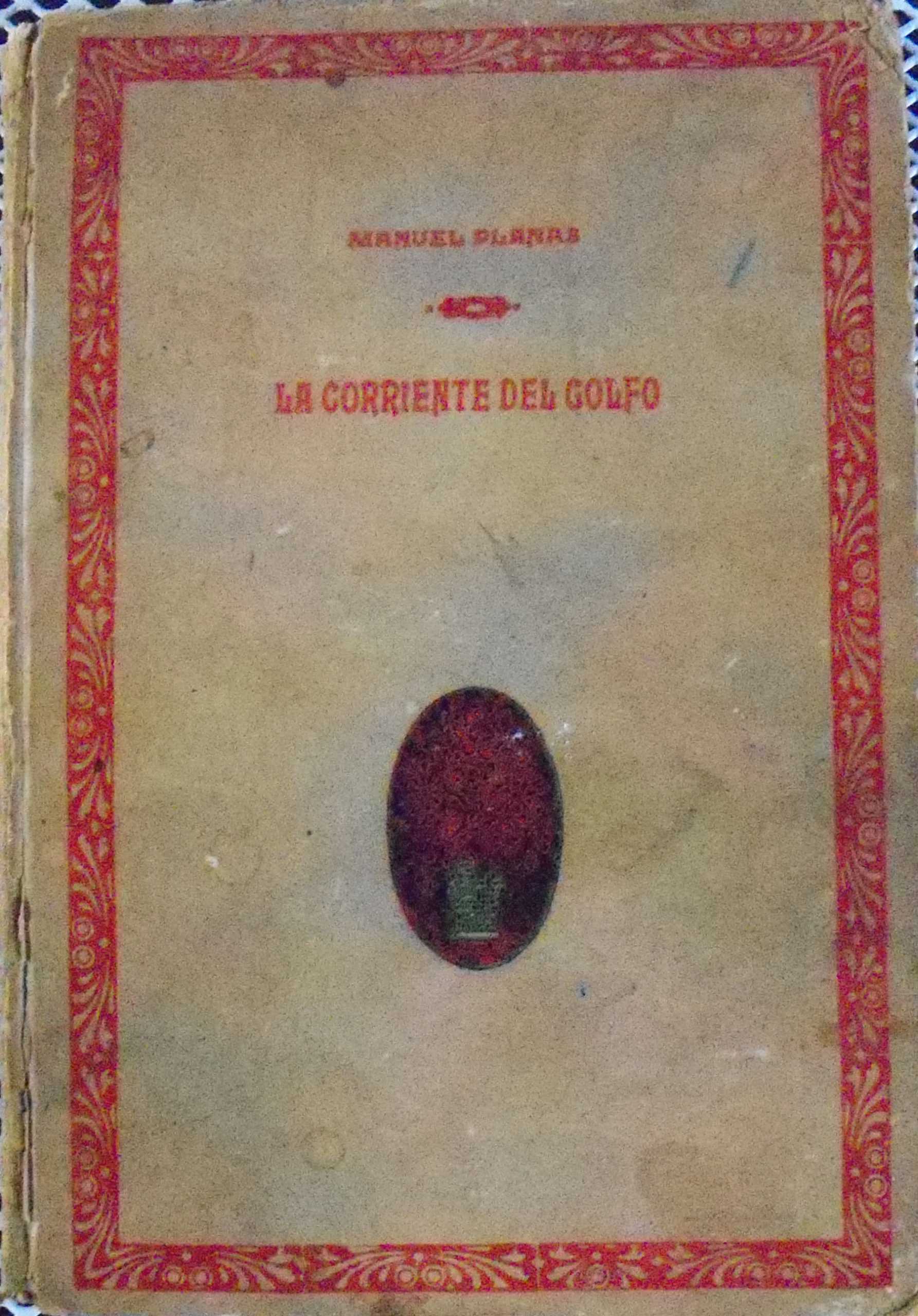4.3.4 The novelistic work of Juan Manuel Planas (1877 – 1963)

Juan Manuel Planas was a pioneer of science fiction on the island, helped by his vast scientific knowledge in the fields of geography (he founded the Geographical Society and the Oceanographic Society of Cuba), engineering, and other disciplines. His works also combined historical studies and a creative imagination, unusual until then in the country, undoubtedly influenced by the work of Jules Verne.
“The Gulf Stream,” from 1920, is his first novel. Although not all scholars agree that it is science fiction, it is undeniably the first approach to the subject. The plot is set in 1895 and is based on the supposed project to build a stone wall across the Straits of Florida, which would trigger a series of climatic changes that would result in Europe, and specifically Spain, receiving only icy waters to aid the war effort.
At the same time, a political plot is present, as this first fiction is based on a second one, which consisted of the United States’ undisclosed intention to build a railroad over this wall, which would allow them to realize their interventionist and expansionist aims; the author even places Antonio Maceo in the plot as an opponent of this idea.
In “The Cross of Liège,” 1923, the events take place in this Belgian city, where the author had completed his higher education during the First World War. In this work, he constructs a plot convoluted by the physical resemblance between two of the characters; however, it is of little interest to national literature.
In “Flor de Manigua” (1926), although Planas’ scientific erudition and knowledge of nature also appear in the background, it is an example of the hackneyed topic of love between a rich young man and a poor girl raised in a rural setting.
“The Golden Sargassum,” from 1938, is a fictional story that addresses the investigations in the northern keys of the island into a plant from which gold can be extracted through certain processing techniques.
The literary work of Juan Manuel Planas is of particular interest for its way of linking science and fiction—some scholars do not yet consider it to be science fiction—with an adequate approach to historical contexts. His purely scientific work was also valuable; he published texts in both areas in various magazines and newspapers, including: “La República Cubana” (Paris), “Cuba y América” (New York), “El Fígaro,” “Havana Yacht Club,” “Revista Bimestre Cubana,” “Bohemia,” and “Cárteles,” among others.








